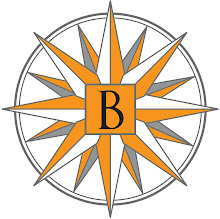
Damaged homes on Long Island, courtesy SUNY Suffolk.
The New England Hurricane of 1938 (aka the "Long Island Express") hit on Sept. 21, with a storm surge made even more powerful by the equinox and full moon. Some 700 people were killed between eastern Long Island and Massachusetts; property damage was estimated at $306 million ($4.72 billion in today's dollars), including half of the Northeast apple crop.
From the New York Times, Sept. 22:
From the US Coast Guard:Storm Batters All New England;
Providence Hit by Tidal Wave
Six Feet of Water in Streets of Business Section--Many Homeless in Area
Woonsocket Also Suffers
BOSTON, Sept. 21.--A terrific wind, touching 100-mile-an-hour hurricane force, tonight swept across New England, lashing sea water high into the streets of coastal cities, causing at least eighty known deaths and hundreds of injuries and resulting in damages reaching into tens of millions of dollars.
Sept. 21, 1938--A hurricane hit the northeast coast, wreaking havoc among the lighthouses and the light keepers there. First assistant keeper Walter B. Eberle of the Whale Rock [RI] light was killed when his lighthouse was swept into the sea. The wife of head keeper Arthur A. Small was killed when she was swept away from the Palmer Island [MA] Light Station. The keeper of the Prudence Island [RI] Light Station's wife and son were drowned when that light station was swept into the sea. Many more stations and depots were severely damaged as well.
Watch this newsreel about the massive destruction and WPA's relief work:



























